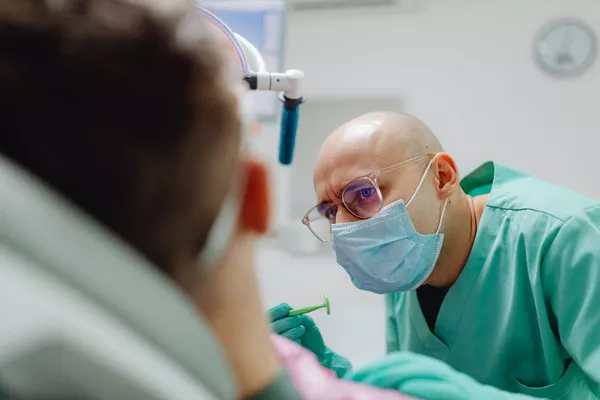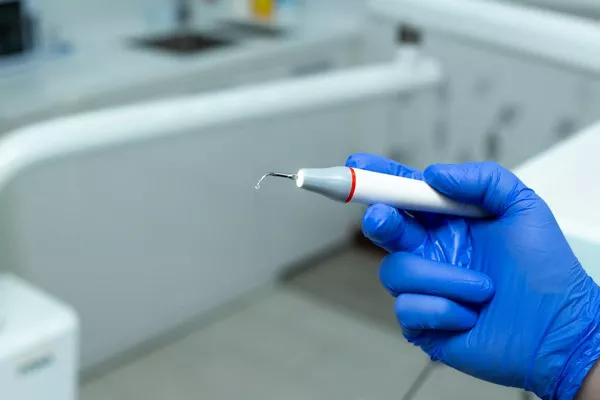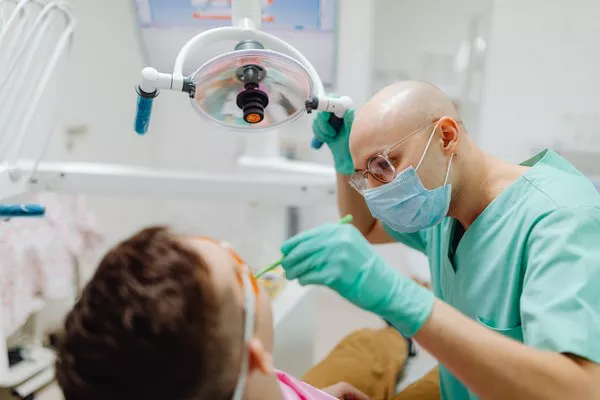Bleeding gums are a common dental concern that can indicate underlying issues with oral health. The most frequent symptoms of bleeding gums include:
- Bleeding while brushing or flossing
- Redness, swelling, or tenderness of the gums
- Receding gums
- Bad breath
- Loose teeth
These signs often point towards gingivitis or periodontitis, which are forms of gum disease. Understanding these conditions is crucial for effective management and prevention of further complications.
Explanation of Common Causes
Gingivitis:
Gingivitis represents the early stage of gum disease, typically triggered by the accumulation of plaque on teeth and gum lines. Plaque, a sticky film of bacteria, can irritate the gums, causing inflammation and leading to bleeding. Proper oral hygiene, including regular brushing and flossing, is pivotal in preventing gingivitis.
Periodontitis:
Periodontitis is an advanced form of gum disease where the inflammation extends deeper into the supporting structures of the teeth. This condition can result in bone loss and potentially lead to tooth loss if left untreated. Effective plaque removal through professional cleanings and improved oral care practices are essential to manage periodontitis.
Other Potential Causes:
Various factors can contribute to bleeding gums, including hormonal changes (such as during pregnancy or puberty), certain medications that affect gum health, deficiencies in vitamins like vitamin C, aggressive brushing techniques, and the presence of dental appliances like braces.
When to See a Dentist
While occasional gum bleeding may not always be alarming, persistent or severe symptoms should prompt a visit to the dentist. Specific warning signs that necessitate immediate professional attention include:
- Severe bleeding that doesn’t stop
- Persistent swelling or pain
- Loose teeth
- Pus discharge from the gums
- Changes in your bite
Early intervention can prevent the progression of gum disease and preserve oral health.
See Also: How Much Is In Chair Teeth Whitening
Preventative Measures
Taking proactive steps to maintain good oral hygiene can significantly reduce the risk of developing gum disease:
- Brush teeth thoroughly twice daily with fluoride toothpaste
- Floss daily to remove plaque from between teeth
- Use an antibacterial mouthwash to reduce plaque bacteria
- Schedule regular dental checkups and cleanings
- Adopt a balanced diet rich in vitamins and minerals
- Quit smoking, which can exacerbate gum disease
These habits not only protect against gum disease but also promote overall oral and systemic health.
Treatment Options
Treatment for gum disease varies depending on its severity:
Professional cleaning: Dentists or dental hygienists can perform deep cleanings to remove plaque and tartar buildup.
Scaling and root planing: This procedure cleans plaque and tartar from the root surfaces and smoothens them to prevent bacterial regrowth.
Antibiotics: Prescribed to manage bacterial infection in more severe cases of gum disease.
Surgery: Advanced stages of gum disease may require surgical intervention to repair damaged tissue or regenerate bone.
Early detection and intervention improve the likelihood of successful treatment outcomes.
Call to Action
It’s important to recognize that bleeding gums, when addressed promptly, can often be effectively treated and managed. Regular dental visits enable early detection of gum disease and personalized recommendations for optimal oral care.
Conclusion
Understanding the symptoms, causes, and preventative measures for bleeding gums empowers individuals to take proactive steps towards maintaining their oral health. By prioritizing regular dental care and adopting good oral hygiene habits, one can significantly reduce the risk of developing gum disease and its associated complications. For anyone experiencing persistent symptoms of bleeding gums, seeking timely professional advice is crucial to preserve their smile and overall well-being.
Remember, your dentist is your partner in achieving and maintaining optimal oral health. Schedule your next dental appointment today for a comprehensive evaluation and personalized care plan tailored to your needs. Your smile deserves the best care possible!
You Might Be Interested In





























